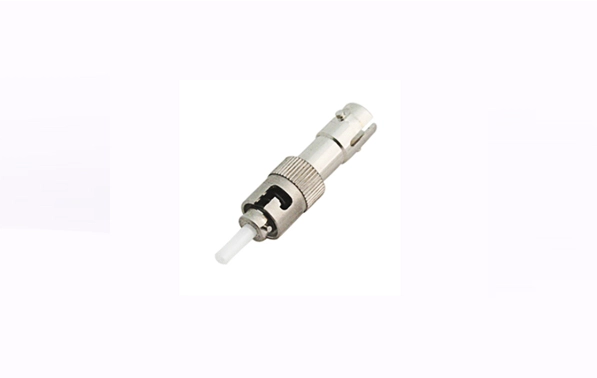
Optical fiber attenuator is a device used to adjust the intensity of optical signals, which is often used in optical fiber communication systems. When installing an optical fiber attenuator, avoid bending the optical fiber too much to avoid affecting signal transmission. In addition, attention should be paid to keeping the fiber connector and end clean to ensure the quality and stability of the optical signal. OTRANS has earned a reputation as a proficient optical attenuator supplier in the market, demonstrating a dedication to delivering top-notch quality.

Optical fiber attenuators usually produce attenuation by absorbing light, such as solar glasses absorb additional light energy, similarly, optical fiber attenuators have an operating wavelength range that can absorb light energy, at this wavelength, it should not reflect light, as this may cause unwanted echo reflection in the optical fiber system.
Scattering loss in fiber optics occurs primarily due to Rayleigh scattering, where small-scale irregularities within the fiber cause light to scatter, especially at shorter wavelengths. Mie scattering, caused by larger defects or contaminants, also contributes to signal degradation. Additionally, bending loss impacts signal strength when the fiber is bent beyond its minimum radius (macrobending), allowing light to escape from the core.
